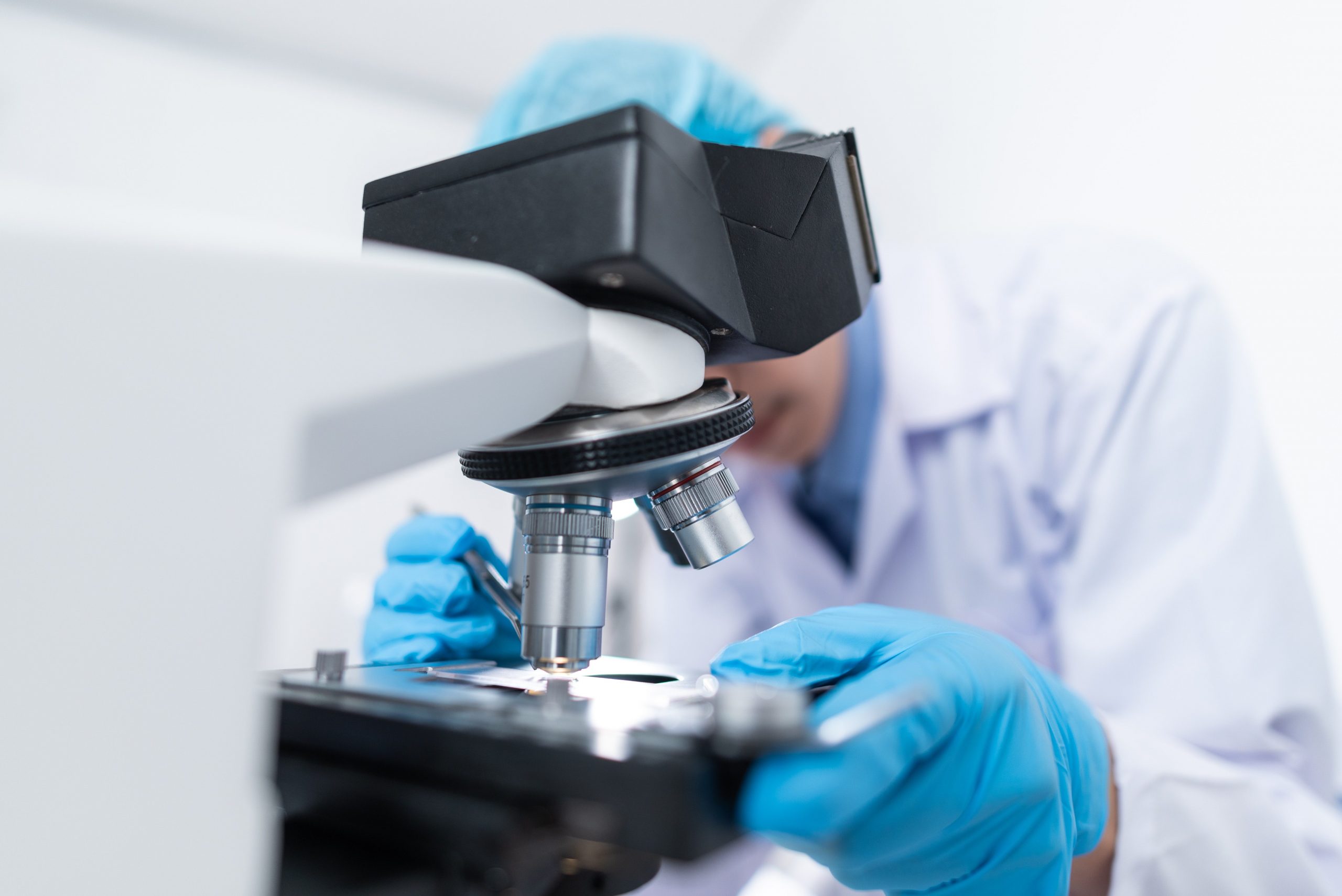Is it really just in your genes? Maybe, maybe not. We debunk some of the most common myths about genetics.
Researchers and experts in the field of genetics often find themselves trying to explain what they do to non-technical audiences. Generally, people have preconceived notions around heredity and genetics, and while some of this may have an element of truth, a lot of it is actually inaccurate.
The truth is, people often feel powerless against the impenetrable, inevitable force of genetics. But scientifically, are they right? Here are the answers to some of the most common myths.
Myth 1: It doesn’t run in my family, so it can’t be genetic!
Genetic diseases that can be inherited, such as cystic fibrosis, often do “run in the family.” However, in some instances, parents or family members of an affected individual can be carriers for the same genetic disease but not show any symptoms themselves.
This is particularly true for conditions known as recessive disorders, where it takes two copies of the defective gene (one from the mother and the other from the father) to produce an affected child. The parents can “carry” these genes – this means the genes are present without any signs or symptoms for the disease – and these genes can affect their child.
Read also: Food for thought: Are your friends influencing your eating habits?
Some genetic disorders can also seemingly appear out of the blue. This is the case when a mutation occurs during the child’s conception, commonly referred to as spontaneous mutation. After this takes place, these types of mutations can be passed on to the next generation.
Myth 2: Genes are the only determinants of traits
While genes play a crucial role in how we develop, they are not the sole determinants of traits.
Environmental factors such as where we live, what we eat, when we sleep, how we exercise or even what we think can also play a role. Therefore, we have much more control over our genetics than we previously thought.
In fact, there is a whole new field of science dedicated to studying this: epigenetics. New research shows that genes respond to exterior factors and life circumstances, and as a result either turn genes on or off. This silencing and expressing of genes in different combinations and at different times, is what makes us unique.
Myth 3: All genetic mutations are harmful
Mutations are changes in the genetic sequence. A gene mutation is defined as a permanent change in the DNA sequence, making it different from most other people.
Mutations are different in both size (from a single DNA building block, known as a “base pair,” to a large segment of chromosome) and effect.
There is a general misconception that mutations are always harmful, often branching from the use of the term “mutant” in sci-fi movies and comic books. However, mutations are a natural part of the ongoing evolution process.
Some are silent, meaning the change in the genome does not have a visible effect. Others are damaging, such as cancer, and some can even be beneficial, such as the double mutant gene that eliminates the risk of malaria.
Myth 4: There is a gene for every trait
Another common misconception about genetics is that a single gene determines one trait or attribute. While in some cases this is true, the explanation is not always as simple.
Common human traits such as height, eye colour and skin colour are all controlled by more than one gene. These types of traits are known as polygenic (the prefix “poly” means “many”; “genic” means “genes”).
Read also: Majority of adults and youngsters in the region are unhealthy warns research
For instance, research has shown that approximately 100 genes could affect skin colour and that it takes at least three genes to determine your eye colour.
Maha El Akoum, MPH, is a public health professional currently working as Head of Content at World Innovation Summit for Health [WISH].
Follow Doha News on Twitter, Instagram, Facebook and Youtube







